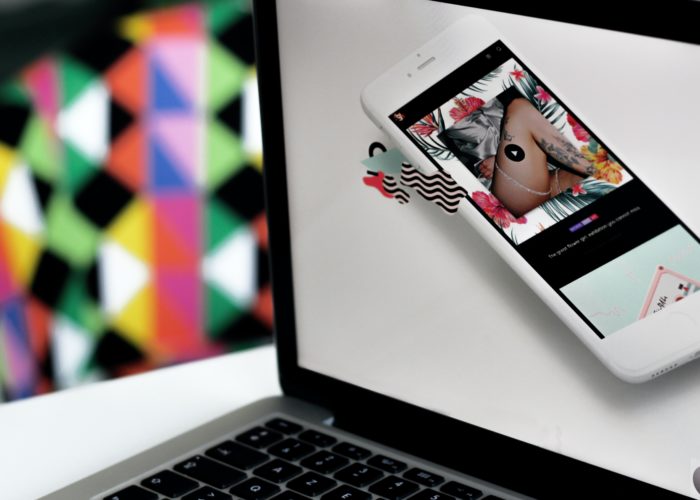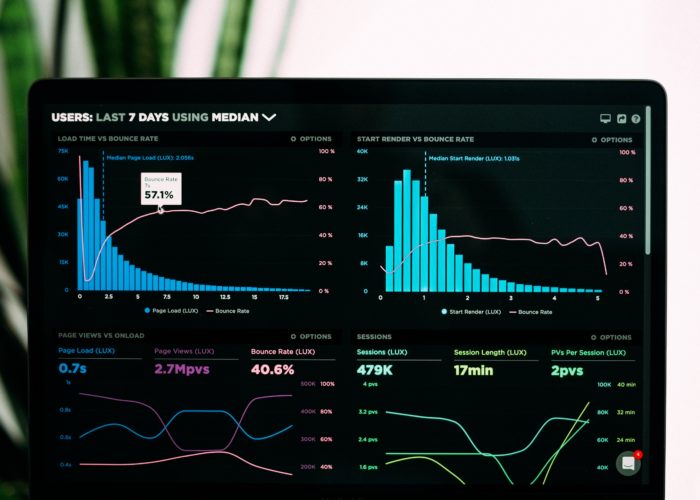
The Power Of UI
User Interface (UI), not to be confused with User Experience (UX), though both are vital to website usability, is one…
When it comes to design, specifically web design, it can be difficult to decide what success looks like. The best way to measure success is by establishing your design metrics. What are the signposts that this site is achieving its intended goals and targets? And what are the key indicators and red flags that perhaps the design is not functioning as intended?
These metrics will of course vary depending on the nature and purpose of the project.
It’s key that you try to align your mindset with that of the end-user in the early stages of the design process. It can be helpful for non-designer colleagues to be involved in and collaborate in this early stage too, so as to provide a broad, holistic understanding of the project as a whole and going beyond the functionality being created. This is a valuable opportunity to ensure design work aligns with overall business strategy and goals that will be informing the project brief. An early collaborative approach will also enable your team to agree on what matters to the client in terms of measured success and agree on what metrics will be put in place.
The definition of success will vary from project to project. For existing sites, a regular review of design performance can be hugely beneficial. In the context of an eCommerce site, UX design metrics will be relatively easy to quantify and measure. One indicator that you might need to re-evaluate some design can be found by looking at site traffic and conversion rates. If you are seeing high traffic but low conversion, there’s likely something putting users off from completing their transactions. Cart Abandonment rates can also provide some insights. The Baymard Institute estimates that over 68% of eCommerce carts are abandoned, that’s a staggering number of potential sales and an important area to target through proposed UX design changes. Does the current design make the checkout process too time-consuming? Perhaps an express checkout option is an answer. Targeted email campaigns for abandoned carts can also generate great results, sometimes users just need a gentle reminder that they were excited about their purchases.
Once you know your metrics, communicating users state of mind and behaviours through your data becomes much easier. It’s not always possible to extensively test your design against user research metrics, meaning you may need to validate it once the site is live in production.
Google created their own framework to aid them in measuring design metrics which can be a useful tool whether you’re in the planning stages of a project or looking to implement a redesign in some or all areas of your site.
Happiness: Is there satisfaction and ease of use?
Engagement: Level of user involvement.
Adoption: Number of new users.
Retention: The rate existing users return to your site.
Task Success: Measuring traditional metrics. Eg; image upload time, search result success.
We hope that this has provided a useful introduction into how utilising design metrics can help ensure your next project is a success and overall improve your sites end user-experience.

User Interface (UI), not to be confused with User Experience (UX), though both are vital to website usability, is one…

When it comes to design, specifically web design, it can be difficult to decide what success looks like. The best…

The internet is a crowded market place and half the battle is ensuring your target customers can find your eCommerce…